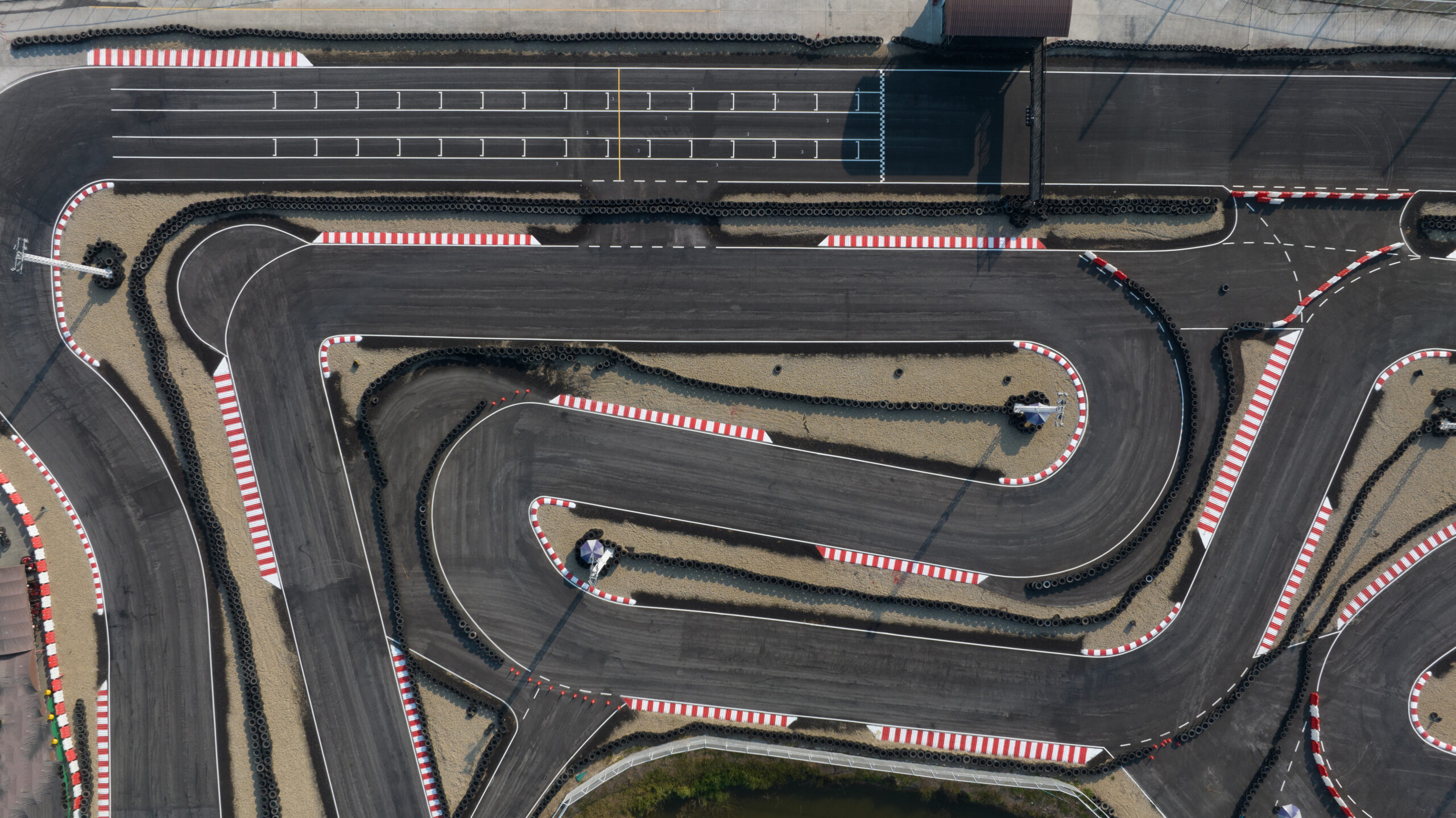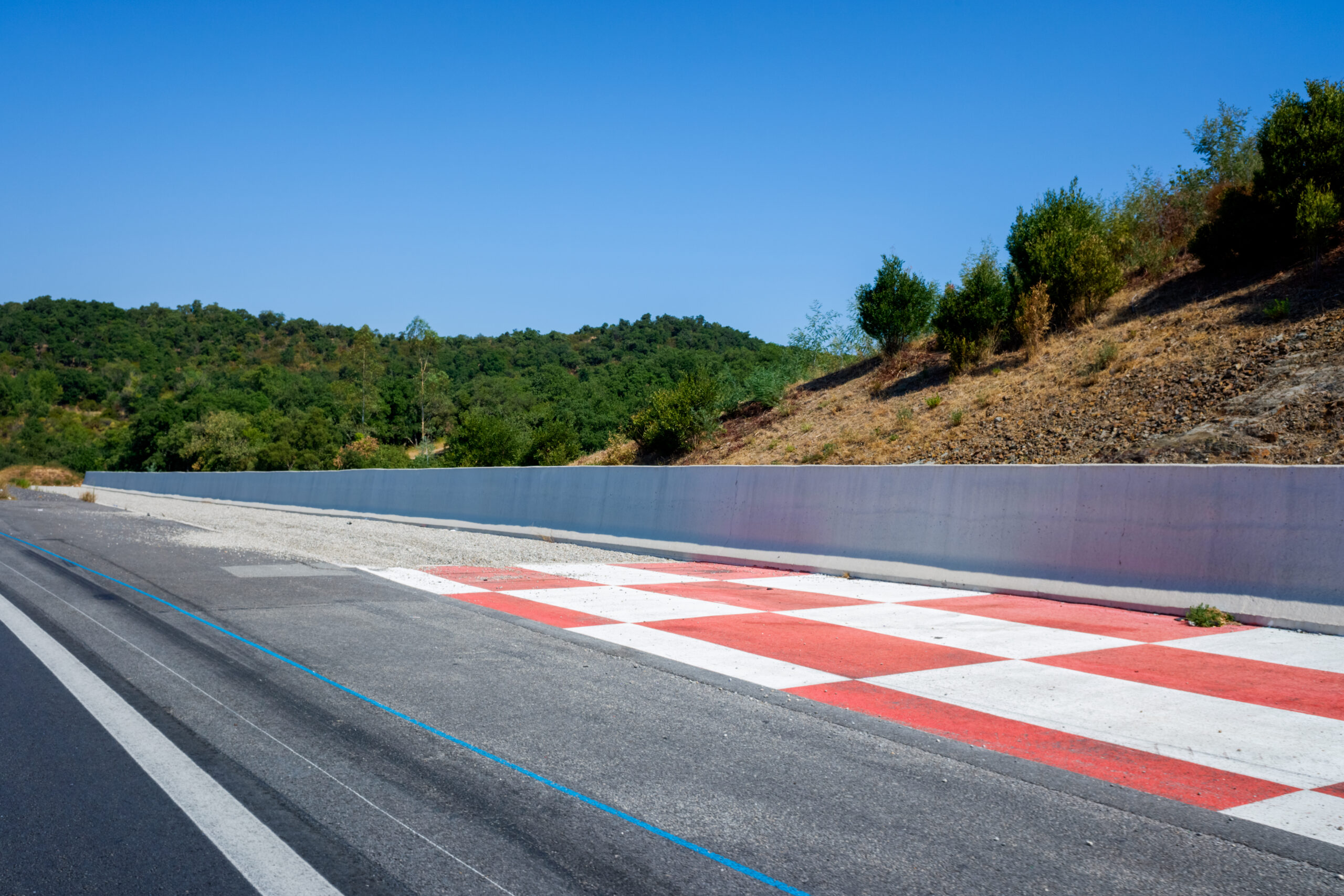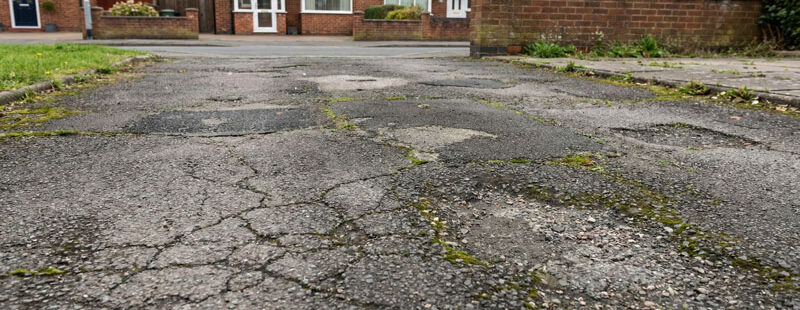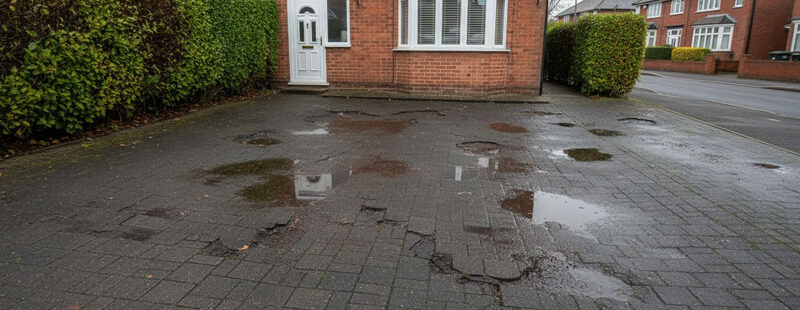
Race Track Tarmac vs. Public Roads: Key Differences Expla…
Race Track Tarmac: The Unique Surface Built for Speed and Precision
When it comes to high-performance racing, every detail matters. From the aerodynamics of the vehicles to the skill of the drivers, each element plays a crucial role in determining the outcome of a race. However, one aspect that often goes overlooked by the casual observer is the surface on which these races take place: the tarmac.
The Importance of Tarmac in Racing
Tarmac, also known as asphalt or bitumen, is a mixture of aggregates, binders, and fillers used to create a smooth, durable surface for roads and race tracks. While the tarmac used on public roads is designed to withstand the daily wear and tear of commuter traffic, the tarmac used on race tracks is engineered to meet the specific demands of high-speed racing.
“The surface a race car competes on is just as important as the car itself.” – Michael Schumacher, seven-time Formula One World Champion
Key Differences Between Road and Race Track Tarmac
There are several key differences between the tarmac used on public roads and that used on race tracks:
1. Composition: Race track tarmac typically contains a higher percentage of high-quality aggregates, such as granite or trap rock, which provide superior grip and durability.
2. Binder: The binder used in race track tarmac is often modified with polymers to enhance its flexibility and resistance to temperature changes, ensuring consistent performance in various weather conditions.
3. Texture: Race track surfaces are designed to have a more abrasive texture, which helps to improve tire grip and reduce the risk of skidding or sliding at high speeds.

The Science Behind Race Track Tarmac
Creating the perfect race track surface requires a deep understanding of the physics and chemistry involved in high-speed racing. Engineers and material scientists work together to develop tarmac formulations that can withstand the extreme forces generated by race cars while providing optimal grip and handling characteristics.
Some of the key factors considered when designing race track tarmac include:
- Friction: The surface must provide sufficient friction to allow tires to grip the track effectively, especially during cornering and braking.
- Drainage: Proper drainage is essential to prevent water from accumulating on the track, which can lead to hydroplaning and loss of control.
- Temperature stability: Race track tarmac must maintain its properties across a wide range of temperatures, from the scorching heat of summer to the cool conditions of early spring and late fall.
The Impact of Race Track Tarmac on Performance
The quality and characteristics of a race track’s tarmac can have a significant impact on the performance of the vehicles and drivers. A well-designed surface can help to:
- Improve lap times by providing consistent grip and allowing drivers to push their vehicles to the limit.
- Reduce tire wear, enabling teams to implement more aggressive strategies and extend the life of their tires.
- Enhance safety by minimizing the risk of accidents caused by loss of traction or sudden changes in surface conditions.
The Future of Race Track Tarmac
As technology advances and the demands of motorsports continue to evolve, so too does the development of race track tarmac. Researchers are continually exploring new materials and formulations that can further enhance the performance, durability, and sustainability of these specialized surfaces.
Some of the latest innovations in race track tarmac include:
- The use of recycled materials, such as rubber from old tires, to reduce the environmental impact of track construction and maintenance.
- The incorporation of smart sensors and monitoring systems to provide real-time data on track conditions, allowing for more efficient maintenance and safety protocols.
- The development of self-healing tarmac that can automatically repair minor cracks and damage, reducing the need for costly and time-consuming repairs.
“The future of race track tarmac lies in the seamless integration of cutting-edge materials, advanced sensor technology, and sustainable practices.” – Dr. Ellen Thompson, materials scientist and motorsports consultant
Conclusion
The tarmac used on race tracks is a testament to the incredible engineering and scientific expertise that goes into creating the ultimate high-performance racing surface. By understanding the unique characteristics and properties of this specialized tarmac, we can better appreciate the skill, bravery, and dedication of the drivers who push themselves and their machines to the limit on these remarkable circuits.





